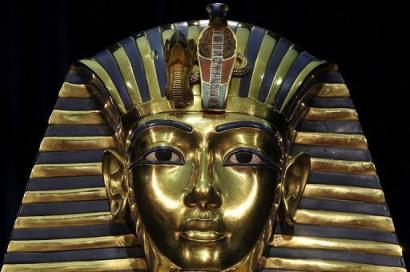
© Dozier Marc/PhotolibraryTime to look around the paintings
The first intrepid explorers to brave the 7-metre crawl through a perilously narrow tunnel leading to the
Chauvet caves in southern France were rewarded with magnificent artwork to rival any modern composition. Stretching a full 3 metres in height, the paintings depict a troupe of majestic horses in deep colours, above a pair of boisterous rhinos in the midst of a fight. To the left, they found the beautiful rendering of a herd of prehistoric cows. "The horse heads just seem to leap out of the wall towards you," says Jean Clottes, former director of scientific research at the caves and one of the few people to see the paintings with his own eyes.
When faced with such spectacular beauty, who could blame the visiting anthropologists for largely ignoring the modest semicircles, lines and zigzags also marked on the walls? Yet dismissing them has proved to be something of a mistake. The latest research has shown that, far from being doodles, the marks are in fact highly symbolic, forming a written "code" that was familiar to all of the prehistoric tribes around France and possibly beyond. Indeed, these unprepossessing shapes may be just as remarkable as the paintings of trotting horses and tussling rhinos, providing a snapshot into humankind's first steps towards symbolism and writing.
Until now, the accepted view has been that our ancestors underwent a "creative explosion" around 30,000 to 40,000 years ago, when they suddenly began to think abstractly and create rock art. This idea is supported by the plethora of stunning cave paintings, like those at Chauvet, which started to proliferate across Europe around this time. Writing, on the other hand, appeared to come much later, with the earliest records of a pictographic writing system dating back to just 5000 years ago.

